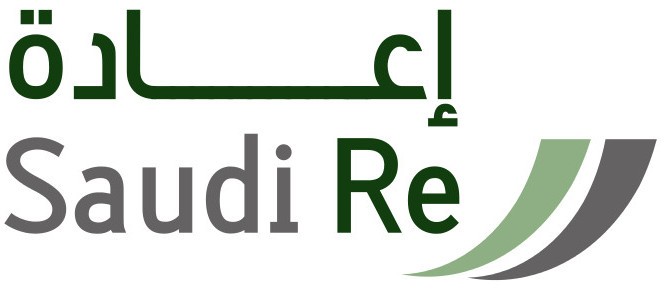CORPORATE GOVERNANCE
Risk Management
CURRENT AND FUTURE RISKS
The Board sets the Company’s risk appetite, risk tolerance, strategic planning and business plans, and the business is managed through the Board of Directors, Board subcommittees, and the Executive Management team.
The Board establishes and monitors the Company's internal control system to ensure the adequacy and effectiveness of the Company’s risk management.
As per Note (31) to the Financial Statements, the Company is exposed to risks including to reinsurance risk, regulatory framework risk, claims management risk, reserving, and ultimate reserves risk, credit risk, liquidity risk, currency risk, special commission rate risk, and capital management.
The internal annual review of the risk in 2021 identified the following current and future risks:

Reinsurance risks include accumulation, concentration, catastrophe exposure, high exposure to single large losses, and increased frequency and severity of claims. It can be mitigated through the diversification of accepted risk, implementation of underwriting guidelines, and the use of retrocession protection.
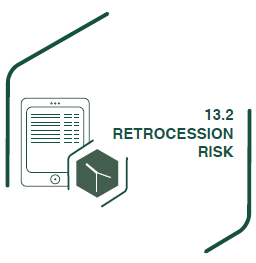
It refers to the failure of retrocessionaires to fulfill their obligations including defaulting the claims payments. Retrocession risk is controlled by a robust selection process that considers diversification of reinsurance sources as well as the financial position and credit rating of the reinsurers.
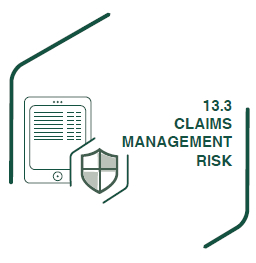
Claims management risk may arise in mainly in the event of inaccurate or incomplete case reserves and claims settlements. A dedicated Claims Management Department works within set policies and procedures to ensure that claims are managed in a fair, efficient and timely manner, in accordance with the policy’s terms and conditions, the regulatory requirements, and the business’ broader interests.
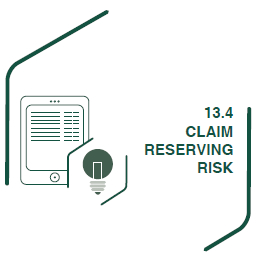
Risk occurs where established reinsurance liabilities are insufficient due to inaccurate projection. To manage reserving risk, the actuarial team uses a range of recognized techniques to project ultimate claims, monitor claims development patterns and stress-test ultimate reinsurance liability balances.

This risk arises from the default of counterparties such as retrocessionaires, cedents, brokers and debt issuer. This risk is addressed through policies that ensure the level of credit quality, financial and legal status, as well as the development of the relationship and periodic monitoring of receivables.
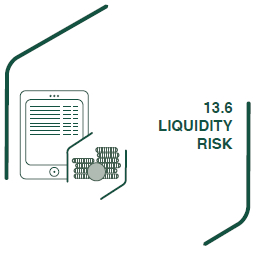
It refers to the unavailability of funds required to meet the Company financial obligations, and loss due to the liquidation of investments. To limit the impact of this risk, the Company periodically monitors the liquidity requirements and adopts an investment policy that sets out controls to manage the liquidity risk.
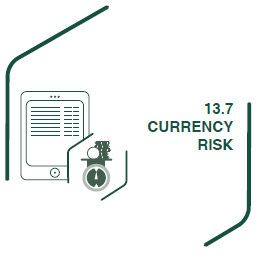
The Company is exposed to the currency exchange risk due to fluctuation in exchange rates of foreign currencies in relation to investments or underwriting commitments in foreign currencies. To limit the impact of this risk, the Company periodically monitors the currency risk to manage the currency risk and if necessary take the appropriate actions.
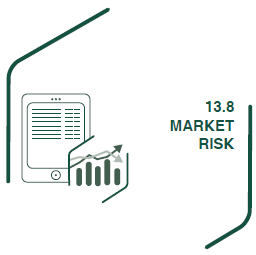
Market risk refers to the likelihood of losses which could result from the operation of market forces and result in shrinkage in capital. Market risk exposure for Saudi Re arises mainly from the investment portfolio, interest rate risk, equity risk, economic instability, such as change of oil prices. Risks arising from the above are managed by the Investment Policy Statement that is approved by the Board.
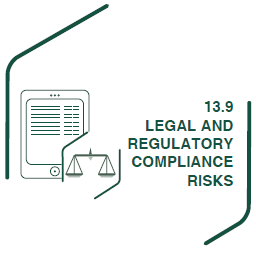
The Company is required to be in compliance with legal and regulatory requirements for regulatory bodies such as, Saudi Central Bank, Saudi Capital Market Authority, the Ministry of Commerce, and the Ministry of Human Resources and Social Development. The Company applies a strict compliance policy and has in place a dedicated Compliance Department reporting to the Audit Committee.
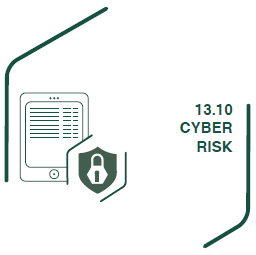
To Saudi Re, Information is important asset. As information systems and data become increasingly used in the Company's activities, they are subject to penetration, theft, disabling, leakage, modification or destruction by unauthorized persons or entities whose purpose is to harm the Company, its assets, employees, and others. Saudi Re uses a range of regulatory, technical and preventional tools, and practices aimed at protecting computers, servers, networks and the intrusive data from penetration, damage, change or disruption of access to information or services.
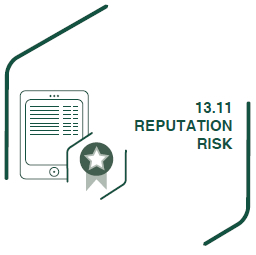
The Company’s reputation is considered as important asset to gain the trust of the Company’s existing and future clients, therefore, any information, news, associated with the Company directly or non-directly, can harm the reputation of the Company and might lead the clients to lose their trust in the Company as a reinsurance company. To mitigate this risk, the Company retains the trust of its partners in a good manner through a suitable communication channels, and demonstrating the strength of the Company and its brand in all Times. The Company also has financial strength rating AA+ by SIMAH's Credit Rating Agency, Tassnief, and A3 rating from Moody's.
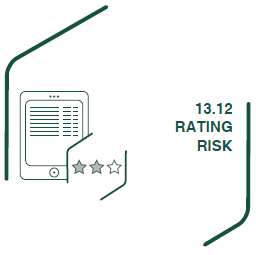
Reinsurance companies are subject to rating downgrades by rating agencies if the Company is unable to meet the agency requirements, which may affect the Company's reputation and growth. The rating agencies primarily assess the Company's ability to comply with its financial requirements; therefore, financial losses, significant growth or sovereign rating of Saudi Arabia is a major factor affecting the Company's ability to comply with rating agencies financial requirements. To mitigate this risk, the Company manages the capital required by the rating agencies on a quarterly basis and periodically discusses with them to update them in respect of the business and market and if any concerns raised are addressed and appropriate action is taken if there is any significant change in the Company's risk profile.
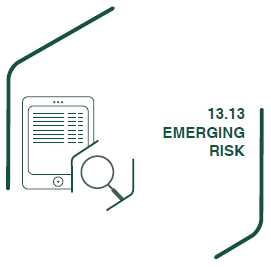
Emerging risk is considered to be a high risk as it is hard to identify it at an early stage, which can be reduced if it is identified early. The Company monitors all events that might be a peril to the Company, keeps its Board of Director, related committees and Executive Management informed and provides the necessary plan to avoid, transfer or reduce the risk.
One of the emerging risks is non-adopting ESG standards. An example of these standards is addressing the climate change and its impact as reinsurance provides various levels of security over a long time period. Increased temperature variability and the resulting heatwaves can not only affect agriculture, productivity, water resources, health and mortality, but can also increase the unsuitability in certain regions. The Company is adopting different initiatives to ensure meeting ESG standards and it has published its first Sustainability Report for 2020 highlighting the Company initiatives towards ESG standards compliance.
